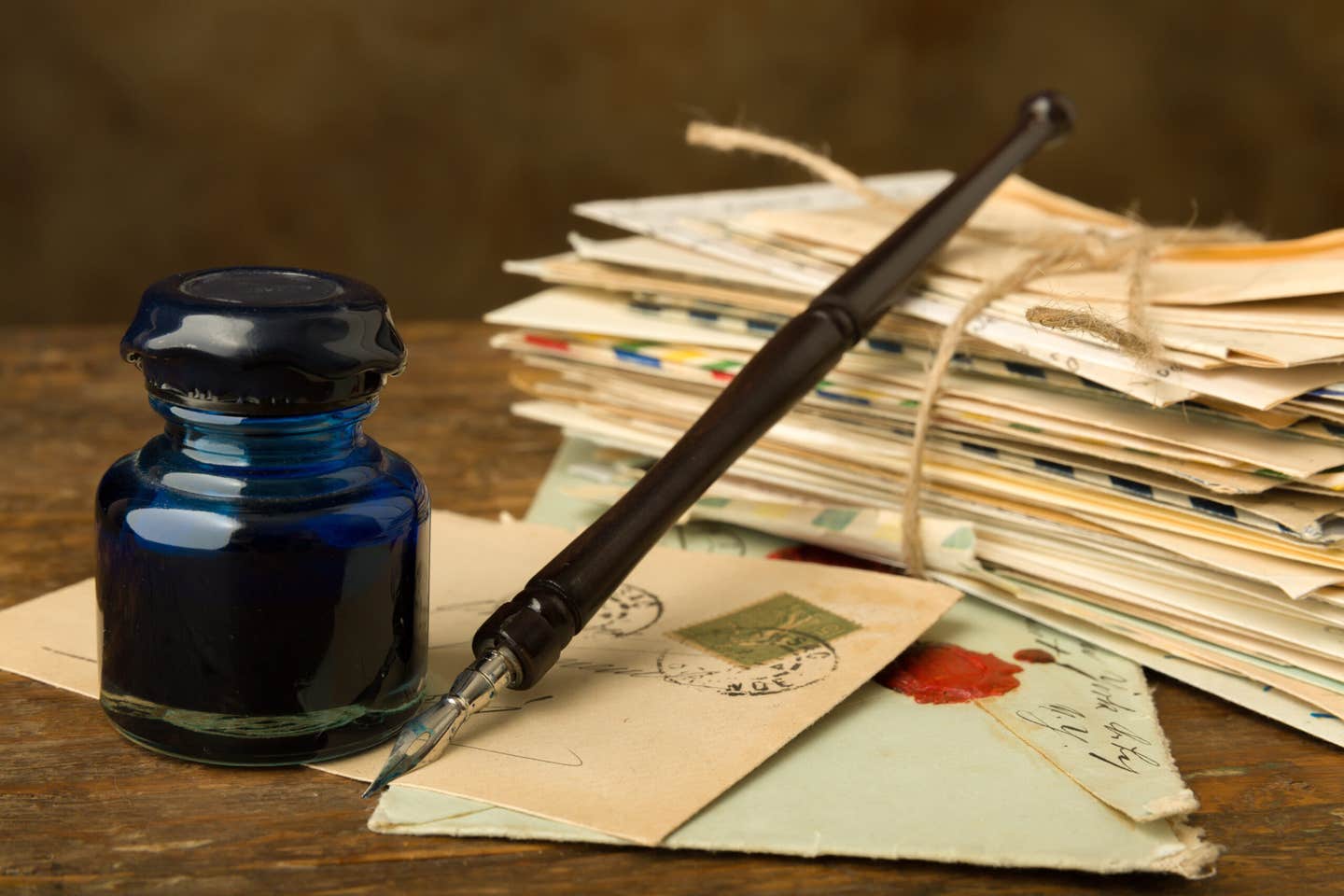Letters to the Editor (10/07/14)
First try at grading goes better than expected I just had some coins graded, something I have never done before. One of the coins was a 1922 cent. I purchased…
First try at grading goes better than expected
I just had some coins graded, something I have never done before. One of the coins was a 1922 cent. I purchased the coin at an auction about 20 years ago for $25 and always considered it a “No D” cent as there is no trace of the mintmark.
ANACS determined it was the “Weak D, Die Pair 3” variety. On the ANACS website, it described this variety thusly, “Coins that display little or no trace of the mintmark and reverse detail of equal or lesser strength than the obverse are typically from one of the three “Weak D” die pairs... Die pair 3 has (similar) weakness on the second 2 and a weak reverse with abnormal width on the lower left of the O in ONE. Most examples have a reverse rotated slightly counter-clockwise.” Indeed, my coin displays all of the above.
Although somewhat disappointed that it is not a true “No D” cent, it is still an interesting coin. On the plus side, I thought it only graded G-4 or maybe G-6, but ANACS gave it a grade of F-15. The worn die to my untrained eye looked like wear.
I also sent in a 1911-S Barber Dime that I thought might come back as MS-60 or 61. Unfortunately, it came back as “AU-55, Cleaned.” Oh well, I only paid $11.97 including shipping on eBay. With the cost of the grading, I might be able to break even, or trade it for something else to fill my collection.
A third coin submitted was a 1787 Connecticut copper that was another eBay purchase as part of a larger lot of early cents. ANACS determined it was the Miller 16.1-m variety. Again, they graded it at G-4 versus my estimate of Fair-2.
Daryl Conley
Truth or Consequences, N.M.
Coins aren’t rare when you can find them in circulation
To the “modern collector:”
The reason you can’t find buyers for post-’64 coins (clad dimes, quarters, post-1969 half dollars) is because they are still available from circulation. Even higher grade clad coins can be gotten at face value from just about any bank or credit union.
Granted the “early” (1965-1970s) are now mostly in the “Fine” to “Very Fine” grades, but a few that were stashed away in some corner of a sock drawer or a long lost find between a couch cushion can be found in the higher grades. Nonetheless, there is no reason for one to buy a clad coin at a price over face value, because sooner or later that “hole” in the collection will be filled by a coin from circulation.
Perhaps one day in the future, like in “Star Trek”-era, the coins of post-1964 may be sought after by numismatists or those interested in “ancient history.”
Bill Tuttle,
Cleveland, Ohio
Harper put focus on real reason to buy coins
My hat goes off to David Harper along with a big thank you for his column, “Avoid gold distraction,” in the Sept. 9 issue. Over the years I have read many articles in Numismatic News and have learned a lot, but when I read Dave’s column I said to myself, “Hey, that’s me.”
I’ve been an on-again, off-again collector for over 50 years. In reality, I have been “on” for the past 25 years. During that time I’ve put together a number of collections and developed my own bucket list of coins I wish to own before I’m done. No big six-figure coins on that list. It just has coins of certain quality and rarity that would put a nice finishing touch on my collecting career. I am now down to just four coins.
I have been retired for the past four years and my pockets are no longer very deep, so it takes me a little longer to scrape together the change to take another coin off my list. However, just when I make a little financial progress, the U.S. Mint comes out with a new gold coin. It does not matter what coin. It could be high relief, reverse proof gold, or a baseball glove and I end up thinking, “That coin is a limited edition,” or “Gold is down now, how could I lose?” So I get it and then I return to my bucket list to find that my personal financial bucket is now empty.
After I read Dave’s column I immediately decided that I should start trading some of that gold for my bucket list coins. Gold may be down, but some of the coins I seek have also leveled out. It is too easy to lose focus with all the new releases from the Mint and elsewhere. My time as a collector gets shorter each day. Dave’s column made sense to me.
Thanks, Dave, for the course correction.
Richard A. Escutia
Sigel, Ill.
Club members could have advised modern collector
In response to “A Modern Collector” letter to the editor in your Sept. 9 issue, the collector spent years assembling modern coinage, but did he ever join a local coin club or other numismatic organization for guidance? Most club members would tell you from experience not to collect modern coinage if you expect any monetary return.
At the Palm Beach Coin Club I harp on the fact that most modern coinage is a bad investment and I give statistics like, if you purchased one of each proof set from 1999 to 2009 from the U.S. Mint, you have now lost 47 percent of your purchase price (issue price vs. current gray sheet bid). And most dealers are paying less than that.
I put together sets of early U.S. coins and sold them for 400 percent. I collected old medals and after 10 years doubled up on them. Now I collect old paper money, but I never collected modern coinage. Getting together with fellow numismatists is the key to numismatic success. Join a local coin club.
Tony Swicer, President
Palm Beach, Fla., Coin Club
Carter eliminated Assay Commission
I do not believe you picked the best word when you said “defunct ” (in relation to a “Coin Clinic” question about the) U.S. Assay Commission. A better choice would have been that President Carter eliminated the long standing U.S. Assay Commission as an economic move to save $1,000.
Gary Lewis
Cape Coral, Fla.
Krause, Mishler have given much to the hobby
The cover of the Sept. 9 issue of Numismatic News is like old times, with Chet Krause and Clifford Mishler together once again. They are the dynamic duet, our super heroes, with which we all collectively owe so very much. Together they gave and did so much to promote our great hobby!
I think they both deserve an award. If it were not for Mr. Krause you wouldn’t be reading this right now. Long may they both live!
Michael P. Schmeyer
Spencer, N.Y.
More Coin Collecting Resources:
• Kick-start your coin collection with the Fundamentals of Coin Collecting set of essential resources and tools.
• Strike it rich with this U.S. coins value pack.
• Build an impressive collection with Coin Collecting 101.









